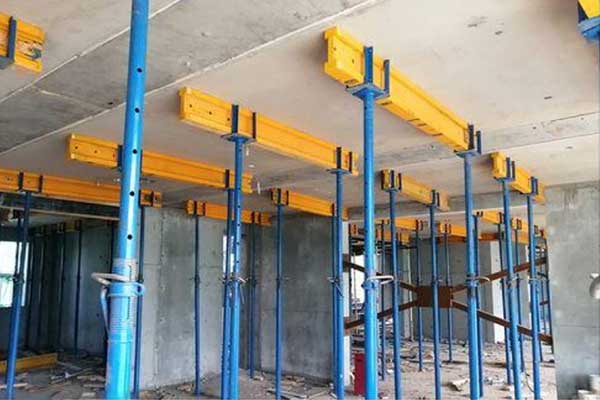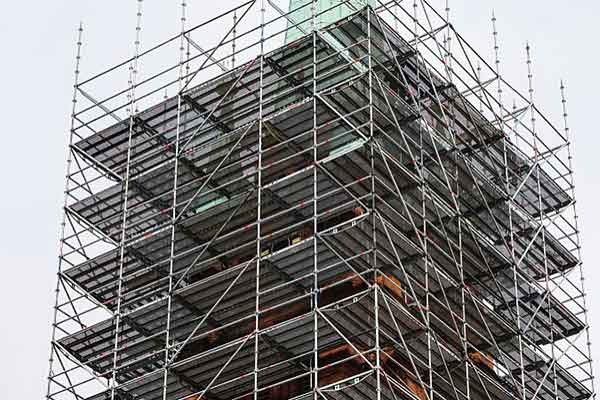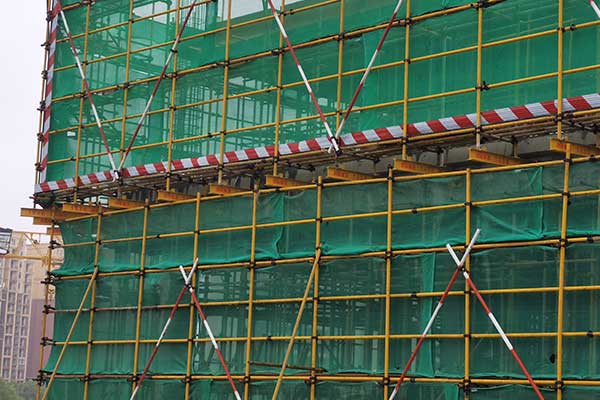What is the Difference Between Shoring and Scaffolding?
When it comes to construction and engineering projects, understanding the tools and techniques used to ensure structural safety is critical. Two terms that often come up are shoring and scaffolding. While they might seem similar at first glance, they serve distinct purposes and play different roles in construction. In this article, we’ll explore what shoring and scaffolding are, their functions, and how they differ.

What is Shoring?
Shoring refers to the temporary support structures used to stabilize or support a building, structure, or trench during construction, renovation, or excavation. It is typically employed when the integrity of the structure or ground is compromised, requiring reinforcement to prevent collapse.
Common Types of Shoring
- Raking Shores: Diagonal supports that provide stability to walls.
- Flying Shores: Temporary beams used to brace two walls when one is being removed or altered.
- Trench Shoring: Installed to prevent soil collapse during excavation.
Applications of Shoring
- Stabilizing walls during demolition or remodeling.
- Supporting excavation sites.
- Reinforcing structures damaged by natural disasters or accidents.
Shoring ensures the safety of workers and the surrounding environment, especially when the original structure cannot sustain loads during construction.

What is Scaffolding?
Scaffolding, on the other hand, is a temporary framework built to provide workers access to high or hard-to-reach areas. It serves as both a platform for workers and a support system for materials during construction, maintenance, or repair work.
Common Types of Scaffolding
- Ringlock Scaffolding: A modular system known for its versatility and easy assembly.
- Cuplock Scaffolding: A robust, quick-to-assemble system widely used in industrial and commercial projects.
- Kwikstage Scaffolding: A modular scaffolding system known for its simplicity and durability, ideal for heavy-duty applications.
- Frame Scaffolding: A commonly used system featuring preassembled frames, suitable for residential and small-scale projects.
- Tube and Coupler Scaffolding: A flexible system using tubes connected by couplers.
Applications of Scaffolding
- Construction and repair of high-rise buildings.
- Painting or cleaning large surfaces.
- Installing utilities in elevated areas.
Scaffolding enhances efficiency and safety by providing stable platforms for workers to operate from.

Key Differences Between Shoring and Scaffolding
| Aspect | Shoring | Scaffolding |
|---|---|---|
| Purpose | Stabilizes or supports structures | Provides access and platforms for workers |
| Usage | Temporary reinforcement | Temporary working framework |
| Placement | Typically supports below or alongside structures | Built around the work area |
| Materials Used | Timber, steel beams, hydraulic props | Steel, aluminum, or bamboo |
Which One Do You Need?
The choice between shoring and scaffolding depends on your project needs:
- Use shoring if your priority is stability and structural reinforcement.
- Opt for scaffolding if you need access to elevated areas or work platforms.
Conclusion
While shoring and scaffolding are essential in construction, understanding their differences is crucial for their effective use. Shoring focuses on structural support, ensuring safety during excavation or renovation. Scaffolding, meanwhile, provides a practical and stable framework for workers to perform their tasks at height.
As a professional scaffolding supplier, we provide high-quality scaffolding materials and parts to meet your construction project needs. We ensure that all our products are durable, safe, and compliant with industry standards. Contact us today to learn how we can support your construction needs with scaffolding.
